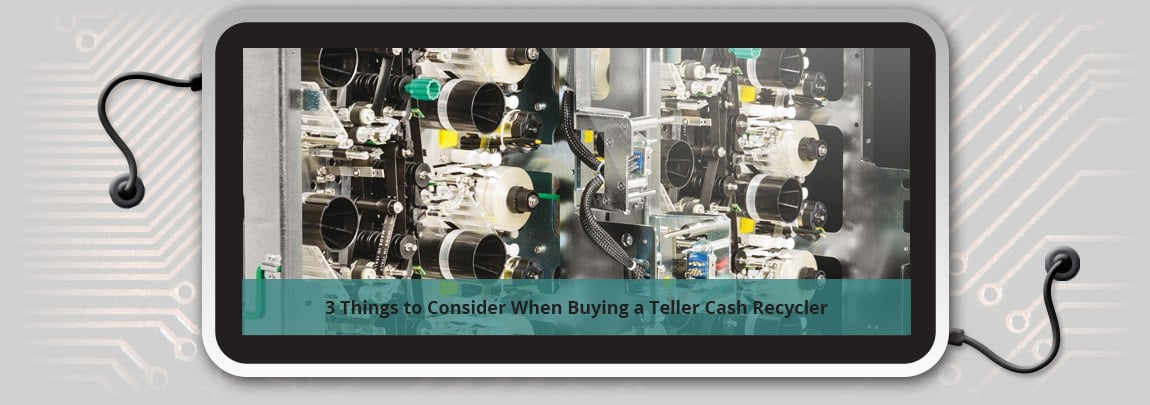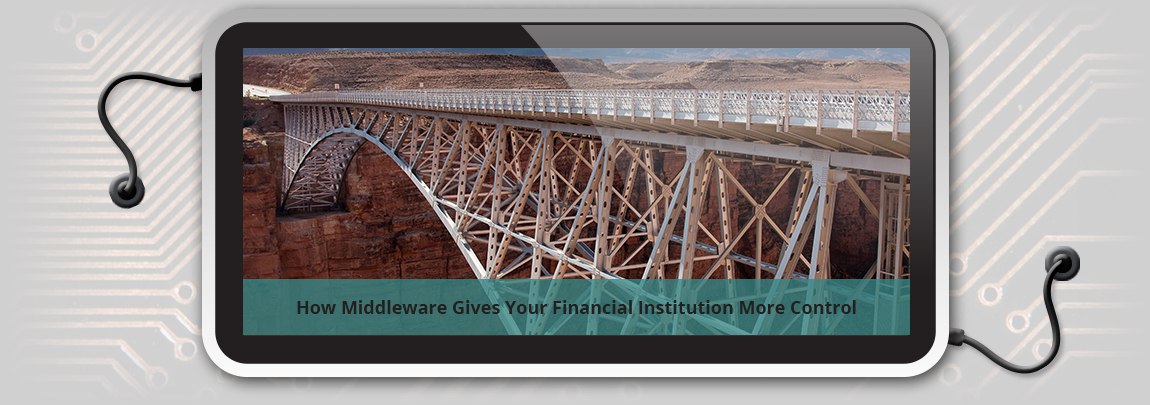Top 3 Fallacies About Cash Automation Middleware
The adoption of cash automation technology, specifically teller cash recyclers, has continued to grow in the US. There are new players coming to...


Unfortunately for them, not as important as they lead you to believe. As we consult with clients all the time, the usual question when looking at cash automation is “Does my Core support your device”? In this article we will talk through when the core matters and when it doesn’t. We will also discuss what their “support” truly means and how it can affect your uptime on machines.
First, most cores have their own unique “Integration module” for cash automation devices like Cash Dispensers and Cash Recyclers. There is two main ways the achieve this.
In this model, the core has spent their own resources to develop a direct integration to each device they support. There is a lot of cost up front to develop this integration, but once it’s done, it’s usually complete with very little updates ever done. They then resell this work over and over again for as many people as they can convince that their supported devices are the way to go. The longer the device stays in use in the market, the more times they can resell that integration, the more profitable it is for them.
Many cores are moving to this model, because it requires less in-house resources, and it can offer wider device support. This is usually done through a partner like Compuflex, CFM, Lutzwolf or Nexus. In this model, the partner has written the interface to the devices and the Core simply writes commands to talk to the universal driver set. The advantage for the core is they can leverage the strengths of the partner, whether it be a browser based interface, or a huge device list to offer their clients with minimal work on their own internal developers. This is becoming more and more popular as the number of devices in the market is growing and it’s not about 1 or 2 players anymore being the standard.
Pricing models vary widely by core. Typically there can be a large upfront “Module” purchase to turn on the integration to devices. This can range from $10,000-$50,000 depending on core. Then, they charge annual maintenance for support of those devices, in addition to charging to “open a ticket”. The other route is a lower upfront cost, but a charge per seat or device per year.
While many direct interfaces offer very smooth user interaction and real-time GL updating, not all of them work that way. So you are normally stuck with the interface not matter how good or bad it has been written to the device. Lastly, once you go down this route, if you come upon a device you’d rather deploy in the future, if it’s not supported you can’t use the interface and have to wait on development or go a different direction.
Keep in mind, that at their Core (pun intended), they are a software house. They have sales people that are there to grow products in your institution just like everyone else. Middleware is a legitimate threat to that module and profit stream that comes from it (Read more about that in Top 3 Fallacies About Cash Automation Middleware). The core wants you to be dependent on them, their recommendations and their “supported” devices. They are coached to talk about “double-keying” and “extra steps” that are associated with middleware. They try to create fear, uncertainty and doubt at every turn cautioning you that they can’t “support” that device if it’s not on their magic list. Many clients succumb to this fear and end up electing to go with a preferred provider of their core, even if another device would have been a better solution for their business.
You do have choices. Middleware has gotten a lot better and more advanced over the years and typically offers features such as reporting and error handling that a direct integration can’t offer. Sometimes Direct Integration is the best path for you to take, but not always. Just take their information with a grain of salt, because they do in fact have their own numbers to hit and don’t always know about the other options that may be best for you.

The adoption of cash automation technology, specifically teller cash recyclers, has continued to grow in the US. There are new players coming to...

You have researched the market for what you can do to make your branches more efficient and help streamline the customer experience. You’ve read...

Your institution has decided to make the smart move to invest in cash automation. While that's an investment in itself, you'll also need to consider...